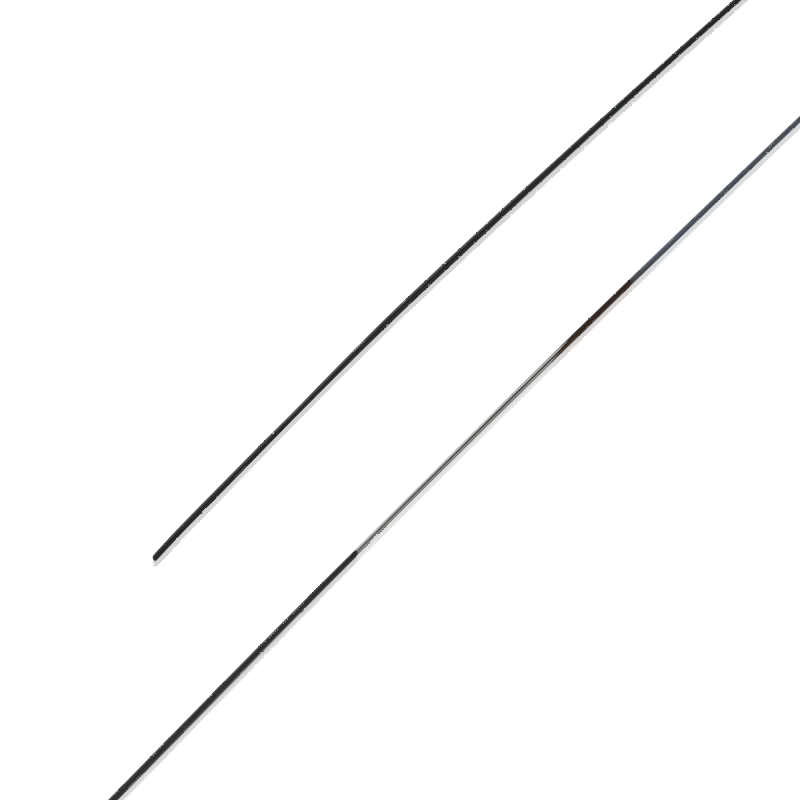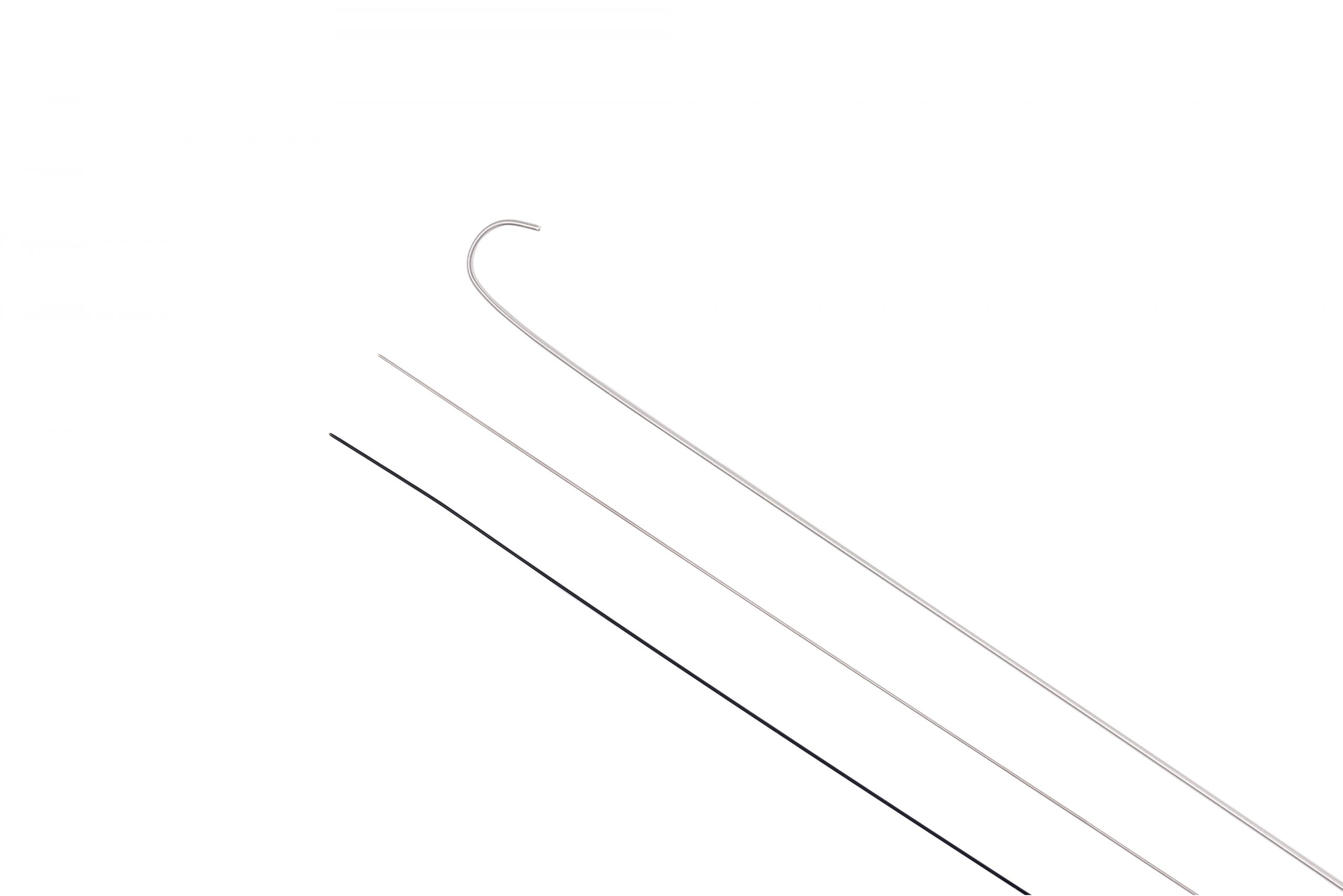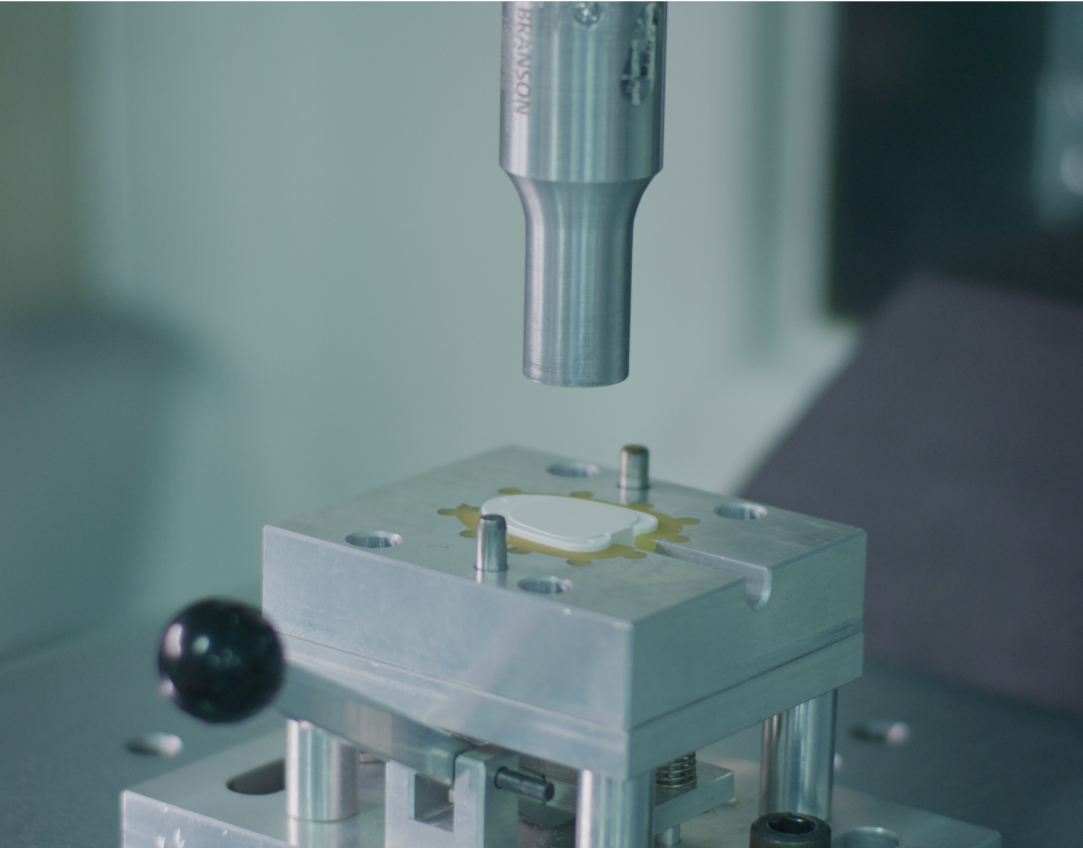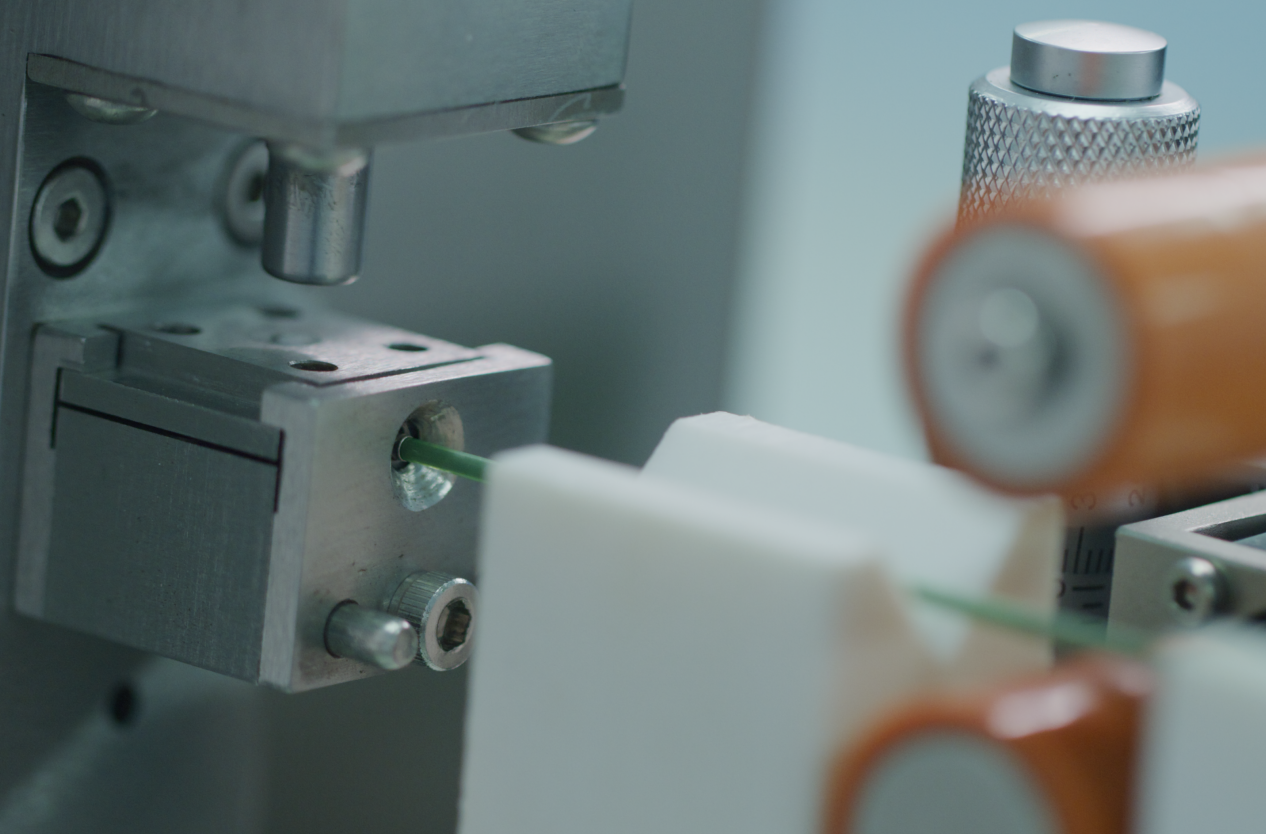Core wire Grinding
The core wire itself is typically made from high-grade stainless steel for strength and corrosion resistance, or Nitinol, a shape-memory alloy offering superelasticity crucial for flexible and kink-resistant guidewires and stents. Depending on the specific device needs, other specialty alloys like platinum, tantalum, and cobalt-chromium might be used for their unique properties. Additionally, the grinding process can be tailored to achieve specific surface finishes and the core wire might receive further coatings to enhance its properties and functionality within the final medical device.
- Core Wire Length: Ranges from 40cm to 300cm, providing versatility for various medical procedures.
- Core Wire Diameter: Measures between 0.012″ and 0.038″, ensuring compatibility with different anatomical structures.
- Minimum Grinding Size: Precision grinding capability down to 0.05mm, facilitating intricate procedures with utmost accuracy.
- Grinding Accuracy: Maintains a high level of precision with a tolerance of ±0.002mm, ensuring consistency and reliability.
- Flattening Thickness: Falls within the range of 0.04mm to 0.08mm, balancing flexibility and support during navigation.
- Customizable Flattening Length: Tailored to specific procedural requirements, enhancing adaptability and performance.
What is it?
Core wire grinding is a specialized process that precisely shapes thin wires used in various medical devices, like catheters, guidewires, and stents. These wires, called core wires, play a crucial role in delivering instruments and treatments within the body. Grinding allows them to achieve specific diameters, tapers, and profiles necessary for their intended function.
Grinding allows for:
- Creating specific shapes and profiles: This enhances device functionality and flexibility for navigating delicate anatomical structures.
- Achieving precise diameters: This ensures proper fit within blood vessels and other narrow passages.
- Smoothing the wire surface: This minimizes friction and potential damage during procedures.
Beyond the general applications mentioned earlier, core wire grinding plays a crucial role in shaping various components within medical devices:
- Guidewires: As the core element, the ground wire provides the foundation for shaping the final guidewire with its desired flexibility, tip design, and surface characteristics.
- Stents: Core wires are used to create the expandable scaffold of stents, often undergoing intricate grinding to achieve specific expansion properties and strut configurations.
- Catheter components: Core wires can be shaped into various catheter components, such as shafts, balloons, and delivery mechanisms, requiring precise grinding for optimal functionality and compatibility with guidewires.
- Electrodes: Core wires are used in electrodes for cardiac and neurological procedures, where grinding ensures precise tip shapes and facilitates smooth insertion.
- Surgical instruments: Core wires can be ground into intricate shapes for various surgical instruments, offering strength and flexibility for specific tasks.
Related products
-
Peripheral Vascular Guidewire
The Demax Peripheral Vascular Guidewire is meticulously crafted using high-quality materials such as stainless steel or tungsten-containing polyurethane tubes, surface coated with hydrophilic coating, known for their exceptional strength, flexibility, and biocompatibility. These materials undergo precision manufacturing processes to achieve the desired diameter, length, and mechanical properties required for effective vascular navigation. The guidewire is coated with a hydrophilic coating to enhance lubricity and reduce friction, ensuring smooth advancement through vascular pathways. With its advanced design and composition, the Demax Peripheral Vascular Guidewire promises to revolutionize peripheral vascular interventions. It offers healthcare professionals a reliable and versatile tool for navigating complex vascular anatomy and delivering optimal patient care.
-
Puncture Guidewire
Puncture Guidewire is composed of a stainless steel core wire and a stainless steel winding wire. The core wire provides stiffness and support for navigating through anatomical pathways, while the winding wire enhances flexibility and maneuverability. This composition ensures the guide wire’s durability and reliability during minimally invasive procedures, allowing healthcare professionals to navigate with precision and achieve successful outcomes for their patients.
-
Guidewire Welding
The composition of guidewire assemblies produced by Demax is meticulously crafted to ensure superior performance and reliability. These assemblies typically consist of high-quality materials such as stainless steel, nitinol, or specialty alloys, chosen for their mechanical strength, corrosion resistance, and biocompatibility where applicable, particularly in medical applications. Additionally, advanced welding techniques, including plasma welding, laser welding, and PTCA wire brazing, are employed to securely fuse the components together.
-
Spring Winding
The composition of springs produced with Demax Spring Winding varies depending on the application requirements. These springs can be wound from a variety of materials, including high-carbon steel, stainless steel, titanium, and specialty alloys, chosen for their mechanical properties and corrosion resistance. Additionally, depending on the application, springs may undergo surface treatments such as heat treatment, shot peening, or coating to enhance durability, fatigue resistance, and performance in challenging environments




